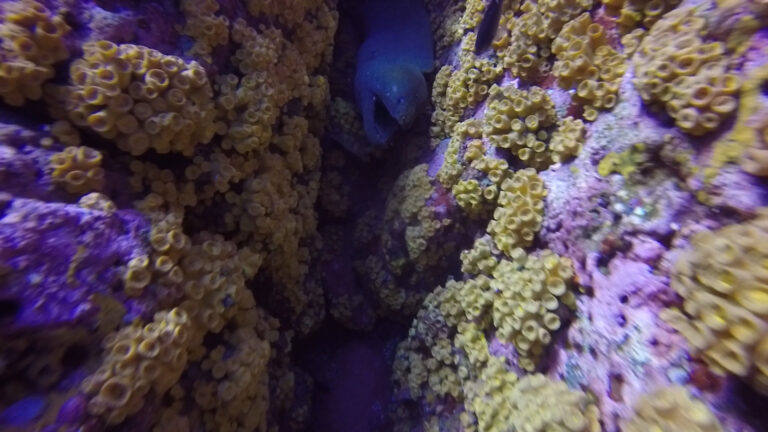Essential Scuba Diving Techniques You Should Know
After completing your scuba diving certification, it can seem like the ocean is your oyster and you know all there is to know about this exciting activity. However, over time, some of the knowledge that you learned in training can wash away or slip your mind as you get more comfortable in the water. As such, it’s important to remember to periodically brush up on your basics for optimal safety and enjoyment while diving. Before hopping in the water and exploring the wondrous world below the surface, here are some essential scuba diving techniques that you should know.
Pre-dive safety check
One of the most important techniques that all scuba divers should be very familiar with is the pre-dive safety check. You should complete this check after putting on your fully-assembled scuba gear and before you enter the water. This check involves examining all your life support equipment and ensuring that everything is working properly.
Emergency ascent
Hopefully, you will never have to practice this scuba diving technique. However, if the situation calls for it, it is important to know how to properly make an emergency ascent without injuring yourself. Emergency ascents may be necessary for several reasons such as running low on air, equipment failure, or other unexpected situations. In such cases, it’s important to be familiar with PADI’s four emergency ascent techniques:
- Normal ascent
- Alternate air source ascent
- Emergency swimming ascent
- Buoyant emergency ascent
PADI 5-point descent
The PADI 5-point descent is a pre-dive safety procedure that ensures all divers prepare to make a safe descent. Divers will perform this technique at the surface before the dive takes place. You can easily remember it using the acronym SORTED
- S: Signal – give the “OK” and “going down” signal to your dive team
- O: Orientation – you should orientate yourself with your surroundings above and below the surface.
- R: Regulator – switch from your snorkel to your regulator.
- T: Time- check the entry time on your dive computer.
- E: Equalize – as you are going down, signal that you are equalizing.
- D: Descent – slowly deflate your BCD and begin making a controlled descent.
Clearing your mask
If you scuba dive regularly, getting water in your mask while on a dive is virtually impossible to avoid. As such, being able to clear a flooded mask without having to swim all the way up to the surface is an important technique to master. Fortunately, clearing a scuba mask is a simple technique to learn. To do so, inhale deeply through your mouth. Then, press the top of your mask against your forehead and open the bottom seal while blowing out hard through your nose and tilting your head back.
If you are looking for the perfect location for your next epic scuba diving experience, consider one of the incredible scuba diving excursions offered at Cala Mia Island Resort. We offer scuba diving tours in three of Panama’s best dive sites: Isla Secas, Coiba Island, and Isla Ladrones, which each offer stunningly beautiful vies of one of the oldest coral reefs in the country. For more information regarding Panama scuba diving resort, contact us today.







